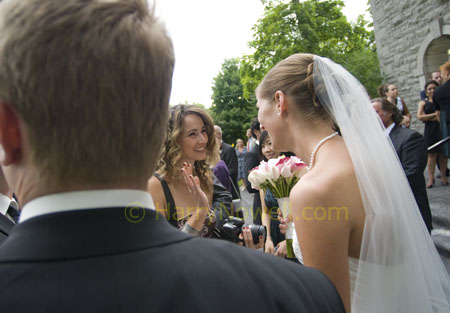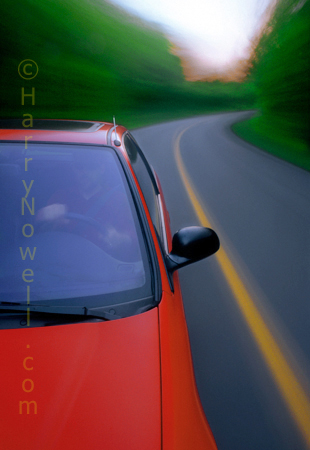Exposed! :: Quality vs quantity - How to prepare for your photo shoot ::
© Copyright 2009. All Rights Reserved.
Contents
Ansel Adams, renowned large format landscape photographer, declared "Twelve significant photographs in any one year is a good crop."
Twelve good photos? In one year? Wow, that's not many!
Adams is referring to the slow, methodical style of work that results in exquisite quality photos. His fine art photos often took weeks or months to develop and execute. Other styles of photography, such as photojournalism, rely on a high quantity of fine photos to portray an event.
In this edition of Exposed! we look at these two different styles: aiming for one significant quality photo or shooting a quantity of fine event photos.
The dilemna
So what is the best approach? Do you go in with guns blazing or take your time to ponder, build and, eventually, shoot? The answer to that question depends on your goals and on the style you choose to shoot your work.
Photos are used in many different ways. The photos you take should be based on the goals you set. Are you seeking:
- a photojournalistic approach? ... To capture an event or period of time?
- a creative approach? ... To capture an exquisite single, stand alone photo?
or
Photojournalistic story telling requires that you capture life as it happens - taking snapshots as people pass you by. Your job is to make the best technical and creative decisions on the fly. You will have very little control over your subjects. Most people approach photography this way - doing the best they can with the resources available.
 |
One of many fine photos from an event.
While it is challenging to achieve effective results, you will likely shoot hundreds (or thousands) of photos from which to edit your final selection. Your final edit will contain a small percentage of stunning successes based on the amount you shot. This method is used mostly for event coverage, editorial work and a photojournalistic approach to wedding photography.
The photojournalistic style - as opposed to a formal style of wedding photography - is well-suited to weddings where you need to catch the moment. You will only have one chance to do it. Imagine asking the bride and groom to repeat their "I dos" because you missed the shot? I don't think so.
This style of shooting is intense and hopefully ends with a large body of fine photos. There will be more mistakes shooting this way but you are aiming to represent an event rather than a single, 'perfect' moment.
Take care, though. Shooting in this style, especially with digital cameras, often promotes sloppiness. Many people point, shoot and hope for the best: "I'll just take lots and hope I get a good one." This approach often leads to memory cards full of uninspiring photos.
Creating a single stunning photo can take hours, days or weeks. This approach differs from photojournalism and starts with an alternate result - that of a very specific photo. The creative process starts with sketches, ideas or professional "daydreaming."
Once a concept is developed, logistics are prepared - building a set or rig, preparing lights, watching the weather, lining up equipment, models, etc. Often, testing and refinement are needed to achieve the creative inspiration. Once all the leg work finishes and the weather cooperates the photo-taking often lasts only a few minutes. A high percentage of results can be stunning. Disastrous results just contribute to 'experience' for future projects.
 |
A quality photo produced for licensing through stock agencies.
This kind of work lends itself to stock photography, fine art photography, advertising work and also influences certain assignment work.
Homework
Your homework this month includes two sessions:
- Shoot an event - birthday party, wedding or BBQ. Pay attention, keep your eyes open, watch the action - not the camera's screen, and do your best.
- Create a masterpiece - spend some time developing an idea for a photo. Find a subject, watch the weather, experiment, test, reshoot and smile at your single stunning result.
Pay attention to the process. How comfortable were you with your chosen style? How long did it take? How many resources? How did the style of shooting help you achieve your goal?
Pro Perspective
I was once on assignment shooting for a whitewater rafting and paddling company. On the list of photos was an evening scene of their lounge. The photo took one to two hours to light, setup and shoot. The owner was stunned - she expected me to point and click - "you know, ten minutes or so." Quality photos take time.
Ken Buck, Genie-award winning cinematographer of "Song of the Paddle", once told me they sometimes waited for days for the right weather to shoot scenes for this influential Canadian film. That's what it takes to win a Genie!
Final Frame
Set some goals. Decide on your outcome. Do your best.
And as always...
Take photos and have fun!
